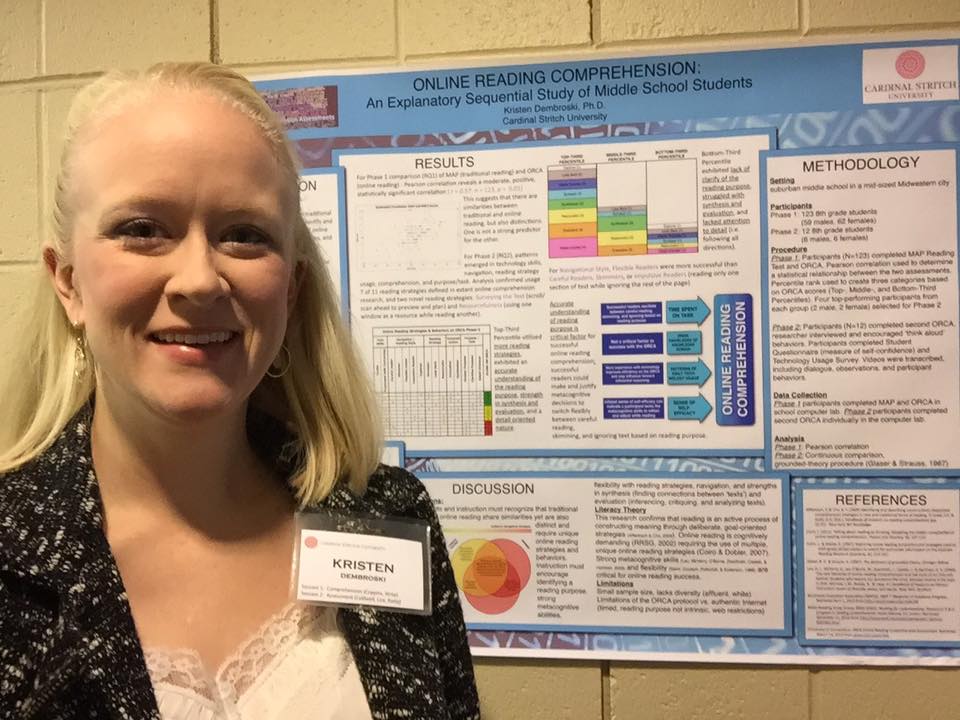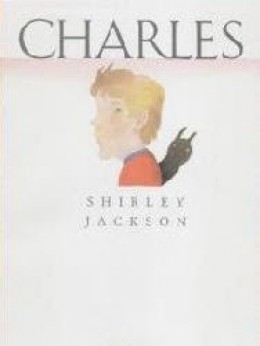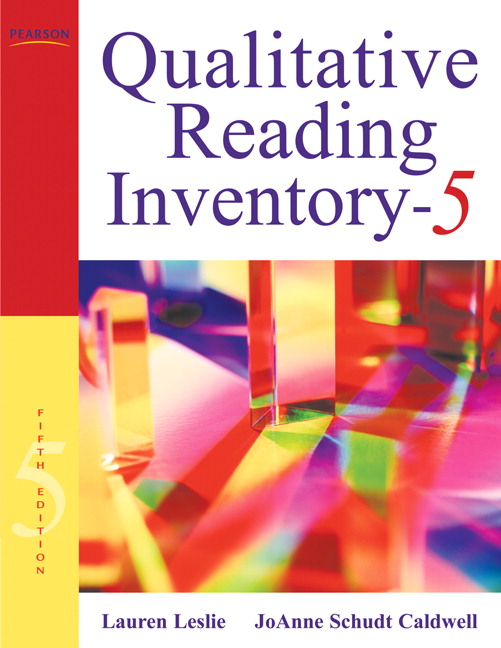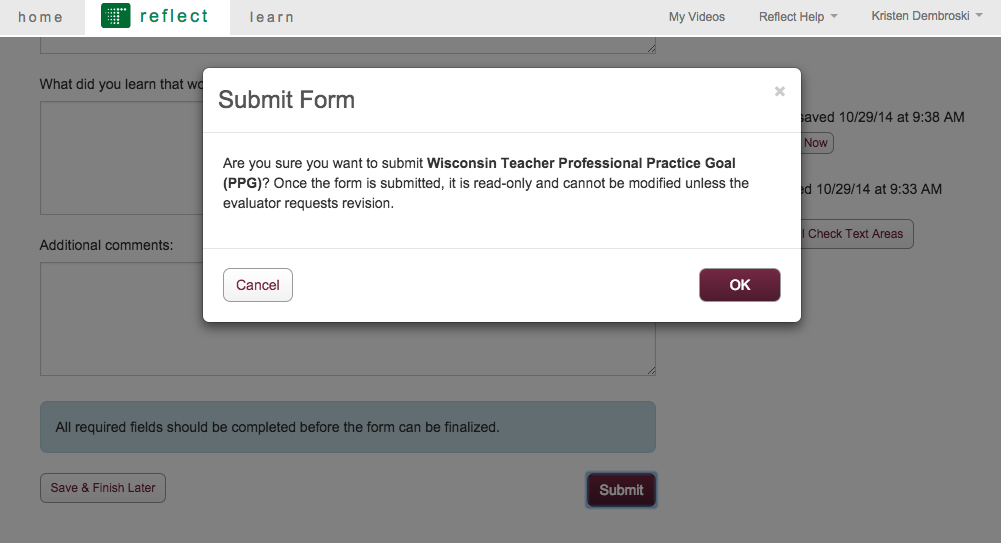Oct
2016
New Research in Literacy
This past weekend, I attended the Cardinal Stritch Fall Literacy Conference. It was a short but powerful conference with JoAnn Caldwell as they keynote speaker (heard of the QRI? Yeah that’s her!). I’ll keep this short and sweet, but here are some key takeaways I have from the conference:
- Students SHOULD read frustration level texts.
And all this time, we thought we should be giving students texts at their instructional level. There are some inherent flaws in that arrangement, though. If we don’t model strategies and comprehension with frustration level texts, how will they ever progress? Secondly, if we are giving them only instruction level texts (which are below grade level for intervention students), then they will never catch up to grade level, and we aren’t using the same level of cognitively demanding material. Grade level material will have more complex sentence structure, vocabulary, content, and depth. THAT is what our students need. - Interventions need to focus on TRANSFERRING skills to the classroom.
It seems a simple enough concept, but how often do we actually acknowledge or work on this skill? What students learn in intervention should directly tie into the classroom learning. They should be reading a text at a similar level (but perhaps on a different topic), and we should focus on what Dr. Caldwell calls ‘concept free’ questions, or questions that aren’t directly tied to the topic at hand (ex: What is the theme of this story? How did the author organize this text?) I think LLI or Leveled Literacy Instruction does a great job of modeling these skills. - Students can’t just jump in to a Close Reading.
They need to get the gist of the story first. They need to recognize and acknowledge the topic, textual features, linguistic features, organization of the text, etc. - Intertextual connections is a critical skill we often gloss over in school.
This means making connections BETWEEN two or more texts. How do they overlap? Agree? Differ? This is a skill that must be explicitly modeled and taught. - There’s a new reading comprehension assessment, and you’re gonna want to buy it.
Have you ever given the QRI and thought, “This is such a wonderful tool, but it is so time consuming and laborious to give one on one. I wish I could give it to my whole class at once.” Well, you might like to know about JoAnn Caldwell’s newest tool, the CARA: Content Area Reading Assessment. It is an assessment of reading comprehension across the disciplines. At each grade level, there are 3 literature, 3 science, and 3 social studies passages. Yes, that means you can do a beginning of the year, mid-year, and summative assessment (Hello, SLO!). It is aligned to the common core, and it could serve as a wonderful modeling tool for teachers looking for assistance writing standards based questions from text.
The conference also had a panel discussing the major differences between the QRI-5 and the QRI-6. I own both, and I teach and use both, so this was very informative for me. I certainly can’t do the panel justice by replicating their wonderful Q&A, but I’ll summarize some key points I want to remember:
- There is a new kind of passage called the Inferential Diagnostic Level passage. The passage type we are familiar with, Level Diagnostic, are still there as well. However this new kind of passage is designed to be read orally or silently in chunks. The reader pauses to respond orally or in writing to intermittent inference questions. The reader is allowed to look back at the text right away. Passages are a bit longer than we are used to, and readers provide a more concise summary at the end.
- Level diagnostic passages from level 6 and up are no longer labeled as just ‘narrative’ and ‘expository,’ but now also include the discipline (i.e. science, literature, social studies, etc.). I asked Dr. Caldwell if that meant we had to give multiple expository selections to diagnose a student’s level, and she said no – either science or social studies would be fine. However, she also clarified that she might lean toward science, since it is markedly different from literature.
- Self-corrections during the miscue analysis do NOT count.
- To make room for the new passages, 11 ‘oldies but goodies’ had to go on a permanent vacation. I’ll miss “Pele” and “Octopus” most of all! ::sniff::
- The prior knowledge questions now have sample responses to help with scoring.
- There is no longer a prediction question prior to reading.
- There is now an Oral Reading Prosody Scale adopted from NAEP.
- The retelling section is shorter with fewer points – many shorter ideas were combined.
I truly enjoyed this conference, and plan to promote and attend again next year. I made a lot of wonderful new connections, and learned some invaluable concepts to enhance my classroom and university level instruction. And, I got to present my own research as well!

![]()




